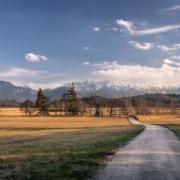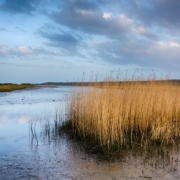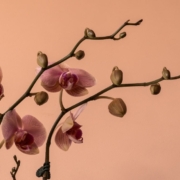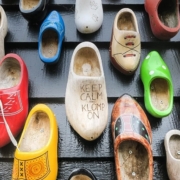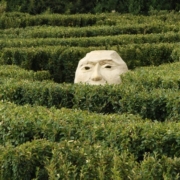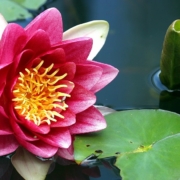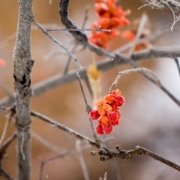Patience
“Patience allows us to remain attentive and consider life beyond our personal moment in history. Patience is fierce focus informed by openness, intention, and “fallen light” that draws the eye of our heart toward clear seeing and skillful actions.“
We tend to confuse patience with doing nothing. There’s nothing passive about patience: it offers us discernment between what wants to “emerge” and an “emergency”. Most events are not emergencies but our nervous systems these days are dialed to “hyper vigilance”. There are thousands of good reasons to be awake but hyper vigilance is exhausting.
To discern between “emergence” and “emergency” or being “awake” or “hyper vigilant” means we are able to recognize the difference between struggle and effort. For those of us who can make that discernment and provide a space of equanimity for others, we must.
Do we need collective and personal change? Yes! And we need patience.
Patience/ Excerpt from Pablo Neruda’s Poem “If Each Day Falls Inside”
“We need to sit on the rim
of the well of darkness
and wait for fallen light
with patience.” Pablo Naruda
Seven Generations
The Haudenosaunee (Iroquois) people of northeastern North America, whose land from which I hail, said that in each of our deliberations we are to consider what is sustainable for the next seven generations. That means take the long view and patience is a skill necessary for the long view.
Patience allows us to remain attentive and consider life beyond our personal moment in history. Patience is fierce focus informed by openness, intention, and “fallen light” that draws the eye of our heart toward clear seeing and skillful actions.


